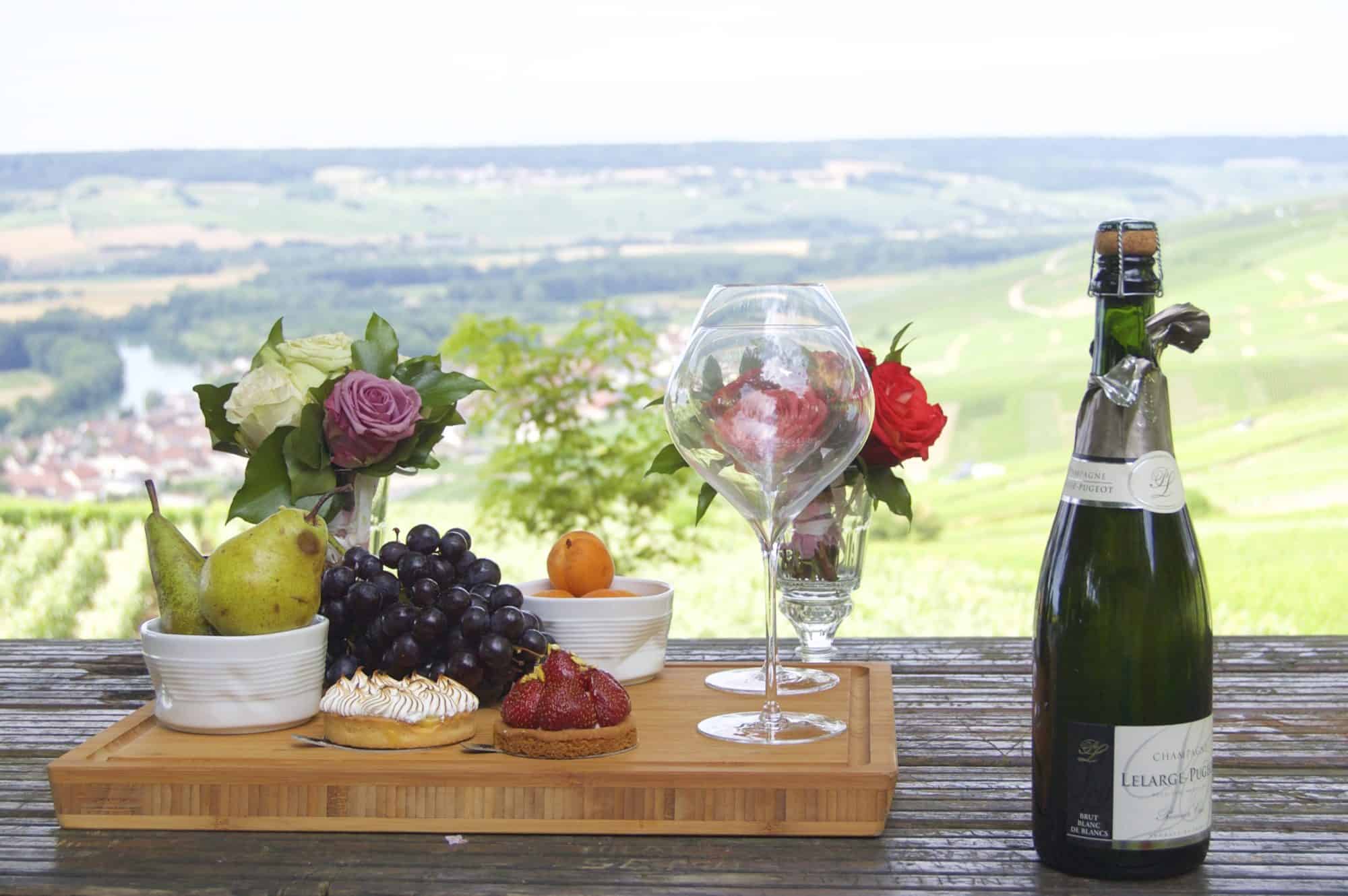 Since becoming à la mode among French and English nobility in the 18th century, Champagne has symbolized royalty, celebration, and the elite. However, few are familiar with the other side to the unique, bubbly beverage; one that’s close to the earth, rooted in the terroir, and reliant on the men and women who spend their lives in the vines, artfully and painstakingly toiling, experimenting, and taking risks to produce a blend that honors and embodies the complexity of the land. Champagne was born of an accident and a regional envy of Burgundy’s acclaimed reds. And today, tourists still prefer the Loire and sunnier Provence to Champagne, the country’s second least visited region. But a new generation of passionate organic and biodynamic growers is changing that.
Since becoming à la mode among French and English nobility in the 18th century, Champagne has symbolized royalty, celebration, and the elite. However, few are familiar with the other side to the unique, bubbly beverage; one that’s close to the earth, rooted in the terroir, and reliant on the men and women who spend their lives in the vines, artfully and painstakingly toiling, experimenting, and taking risks to produce a blend that honors and embodies the complexity of the land. Champagne was born of an accident and a regional envy of Burgundy’s acclaimed reds. And today, tourists still prefer the Loire and sunnier Provence to Champagne, the country’s second least visited region. But a new generation of passionate organic and biodynamic growers is changing that.
Champagne is organic (bio in French) when the grapes are grown without synthetic pesticides or fertilizers, sometimes fermented in oak barrels instead of stainless steel, with minimal additives and interference. Biodynamic goes a step further: devotees, like Jacques Selosse, look at the entire ecosystem surrounding the vineyard, harvesting according to the lunar calendar and practicing rituals as eccentric as burying cow horns filled with manure in the vines. The rise of these more creative methods has cleared the path for interesting new trends to emerge, like champagne made from 100% pinot meunier grapes and the highly acidic brut zero champagne, which has zero sugar added.
I jumped at the chance to join Sydney Krueger of Tasty Side to Life Tours, a San Francisco native and certified champagne tasting expert, for a day of exploring the people, villages, and nature beyond Moët, Taittinger, and Veuve Clicquot.
Our first stop was the little hillside village of Hautvillers. At a hidden viewpoint beside the Abbaye St-Pierre, you can watch the sun rise over the same vines where Benedictine monk Dom Perignon learned to work the tough, chalk-heavy earth and chilly climate, and where he is credited with producing one of the first successful sparkling white wines from pinot noir grapes in the 17th century. Since then, the process of perfecting the delicate drink has never ceased evolving.
Driving through the lush, green landscape, you’ll notice the vines are full, close together, and low to the ground, to help photosynthesis. Vines struggle to flourish in the foggy, frosted climate and soil leftover from a prehistoric sea. But the struggle makes for the most complex flavors in champagne. The oldest vines – twisted, misshapen, gnarled, and left the longest before harvest – are the riskiest and most temperamental, but yield the most interesting characters.
At midday, we arrived in Vrigny, a miniature commune of two hundred people. For seven generations, the Lelarge-Pugeot family has grown and produced eight different cuvées here, and encapsulates the soul of Champagne. In 1985, they began to integrate more sustainable growing methods and in 2009, they made the move to strictly organic. In lieu of pesticides, they use copper, essential oils, and other natural, locally sourced substances. A horse trods between the vines to turn the soil. Roses are planted at the foot of each vine to signal any sign of sickness. The whole family pitches in to treat and harvest the nineteen acres of land. Dominique welcomes visitors, leads tastings, and handles distribution, while her daughter, Clémence, designs the unique labels by hand and runs their social media.
A focus on the land, organic farming, and a lack of showy-ness are cornerstones of many of Champagne’s restaurants and chambres d’hôtes, as well. While there is no shortage of five-star resorts and remote chateaux, our Michelin-starred lunch cottage, La Briqueterie in Épernay, offered a homey alternative for shockingly reasonable prices. As q last indulgence of the day, we savored colorfully presented crab salad entrées and seared fish with spring vegetables and herbs grown in the garden just outside the dining room window.
The ancient royal city of Reims has plenty to offer, from the immense gothic cathedral, to its international grandes maisons, and hundreds of kilometers of ancient salt caves (the perfect temperature for chilling champagne). The surrounding region, however, is full of surprises and hidden treasures, for organic and biodynamic enthusiasts and traditionalists alike.
Related Links
- We also recently sat down with Josh Adler of Paris Wine Company to discuss current Champagne trends in France. Read the interview here.
- Emily Dilling recently shared her experiences of picking grapes during harvest in the Loire Valley.
- Did you know that the Champagne and Burgundy regions of France were awarded the UNESCO World Heritage site status last year? Read more about the recognition with this article from the New York Times.
Written by Isabel Miller-Bottome for HiP Paris. All photos by Isabel Miller-Bottome. Looking for a fabulous vacation rental in Paris, London, Provence, or Tuscany? Check out Haven In.

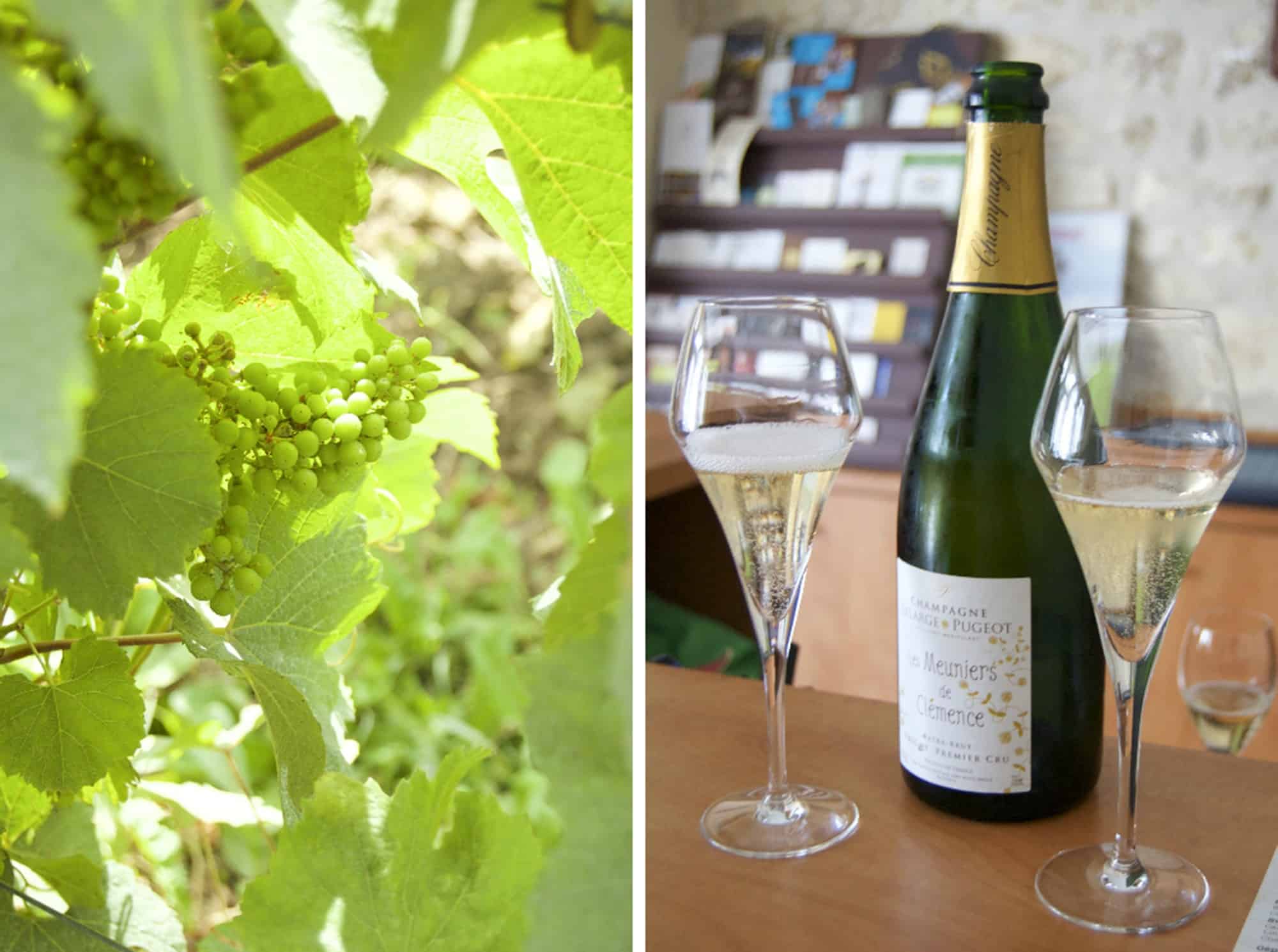

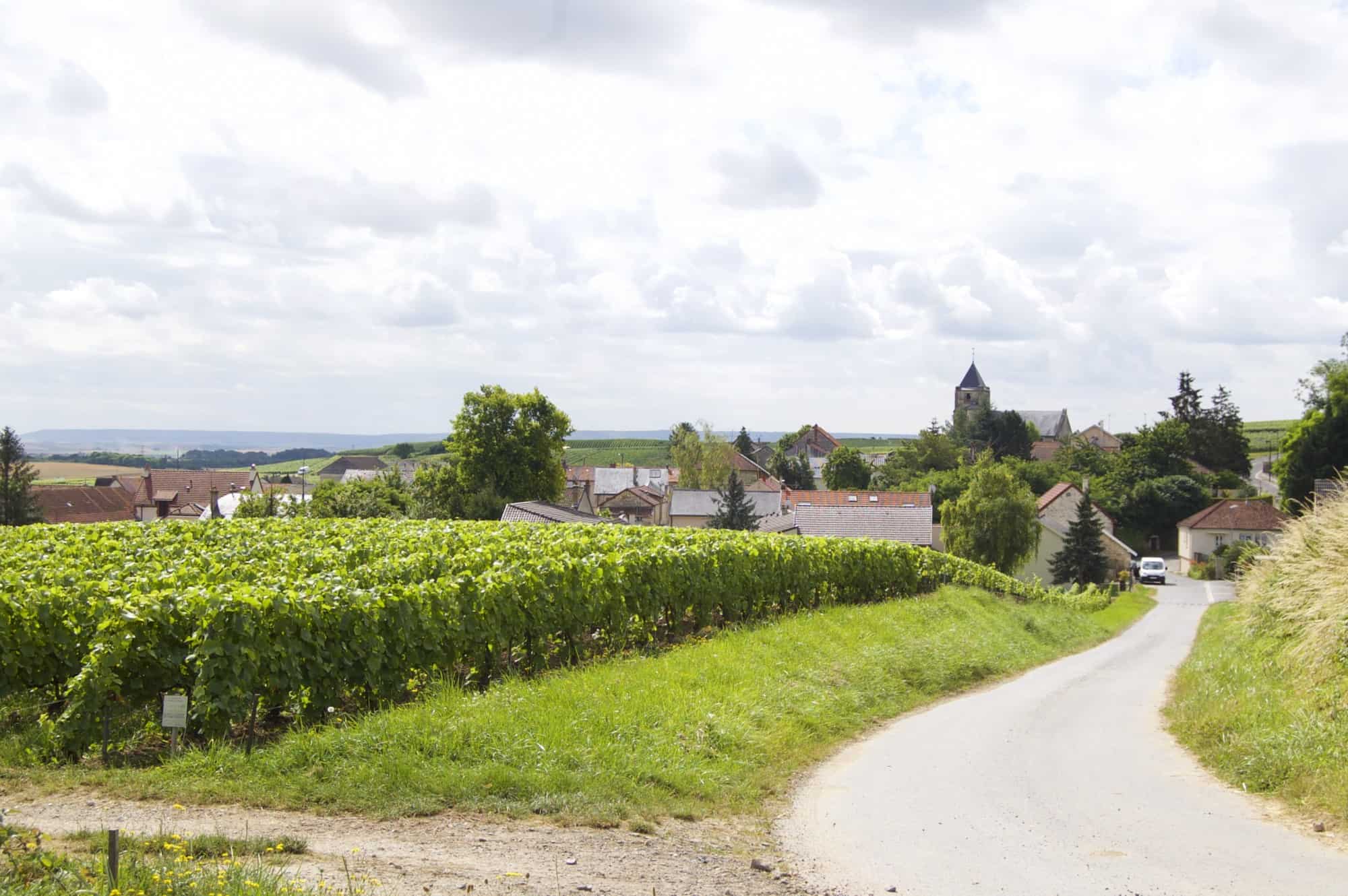
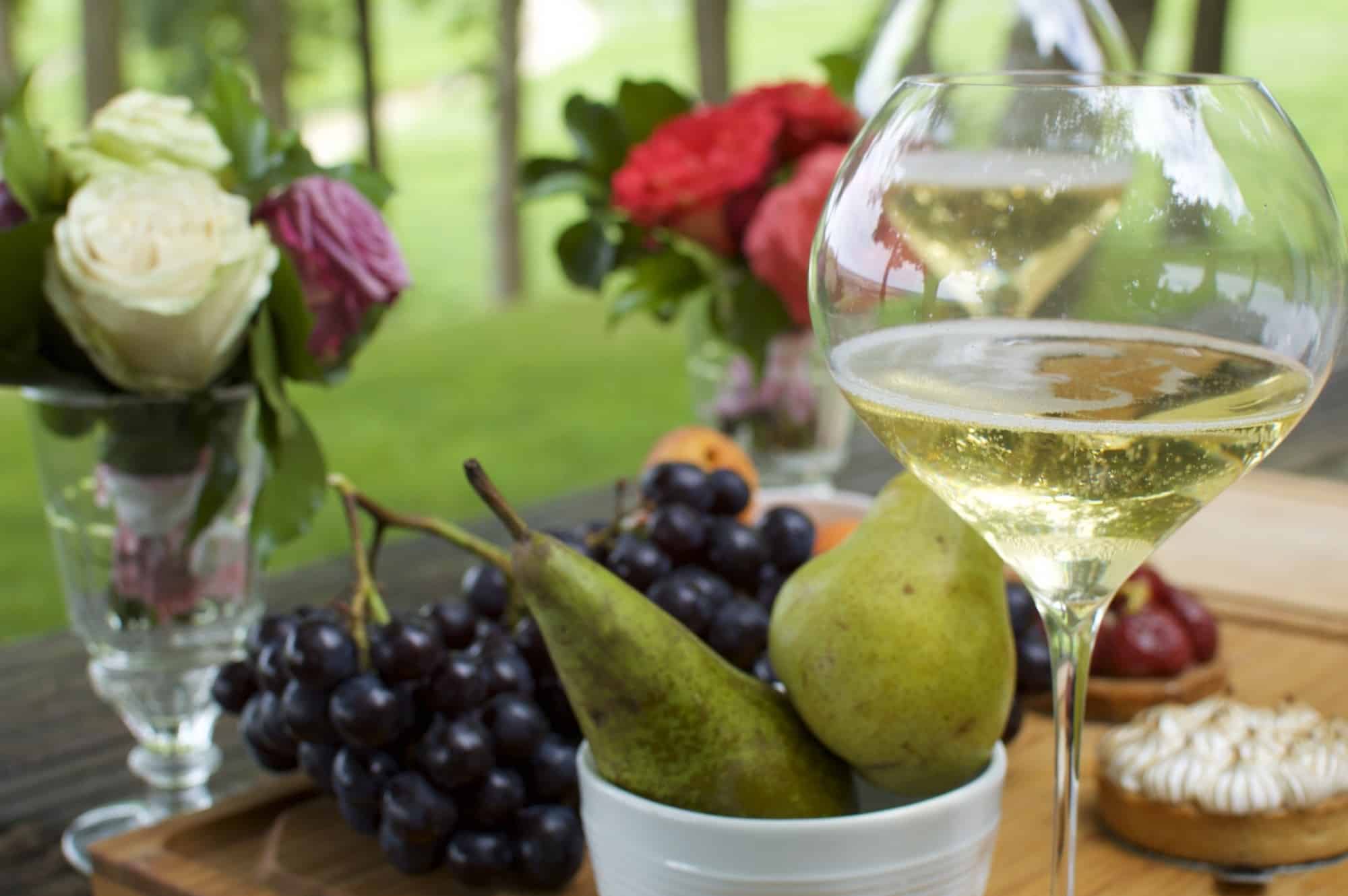
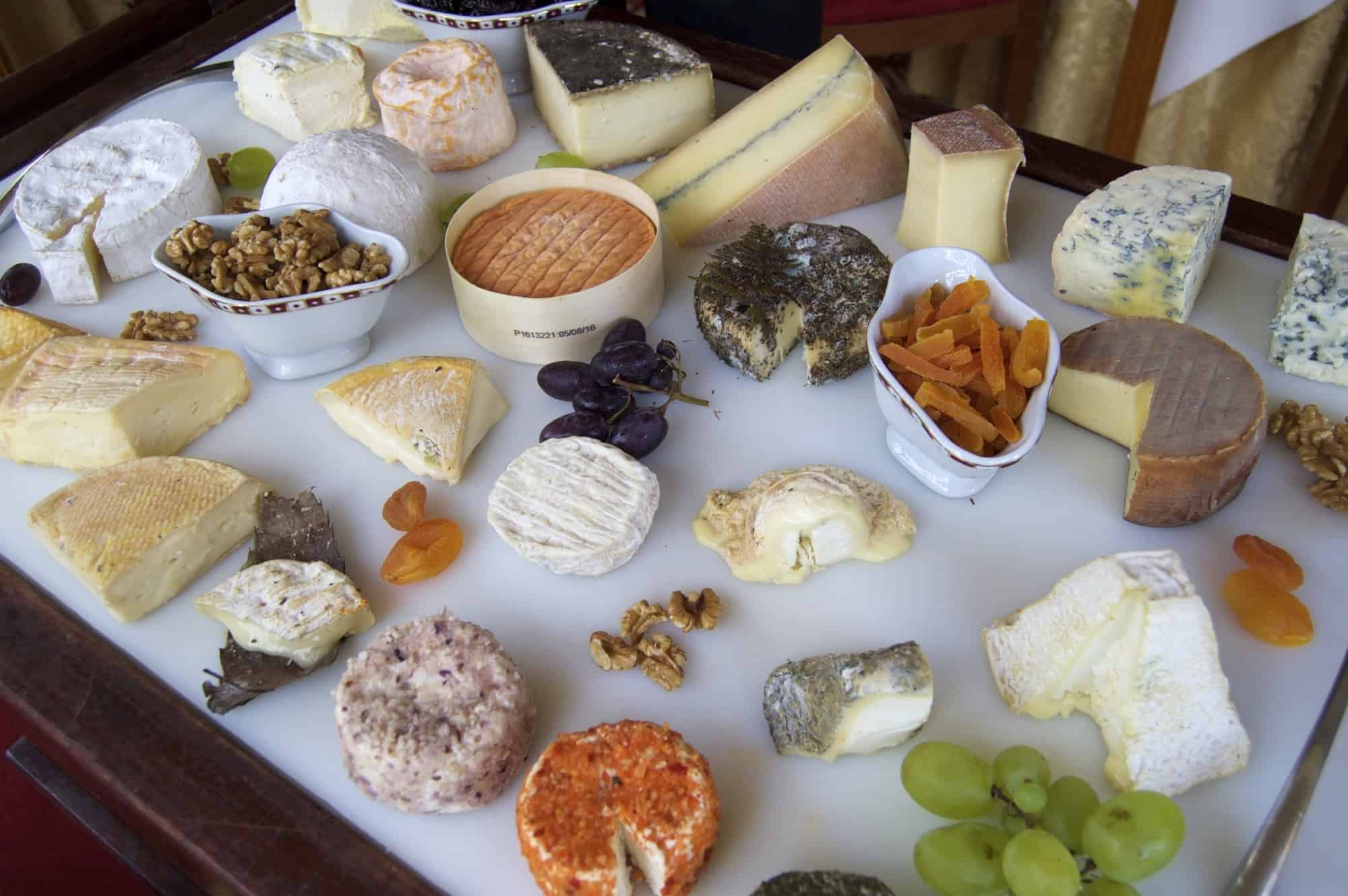


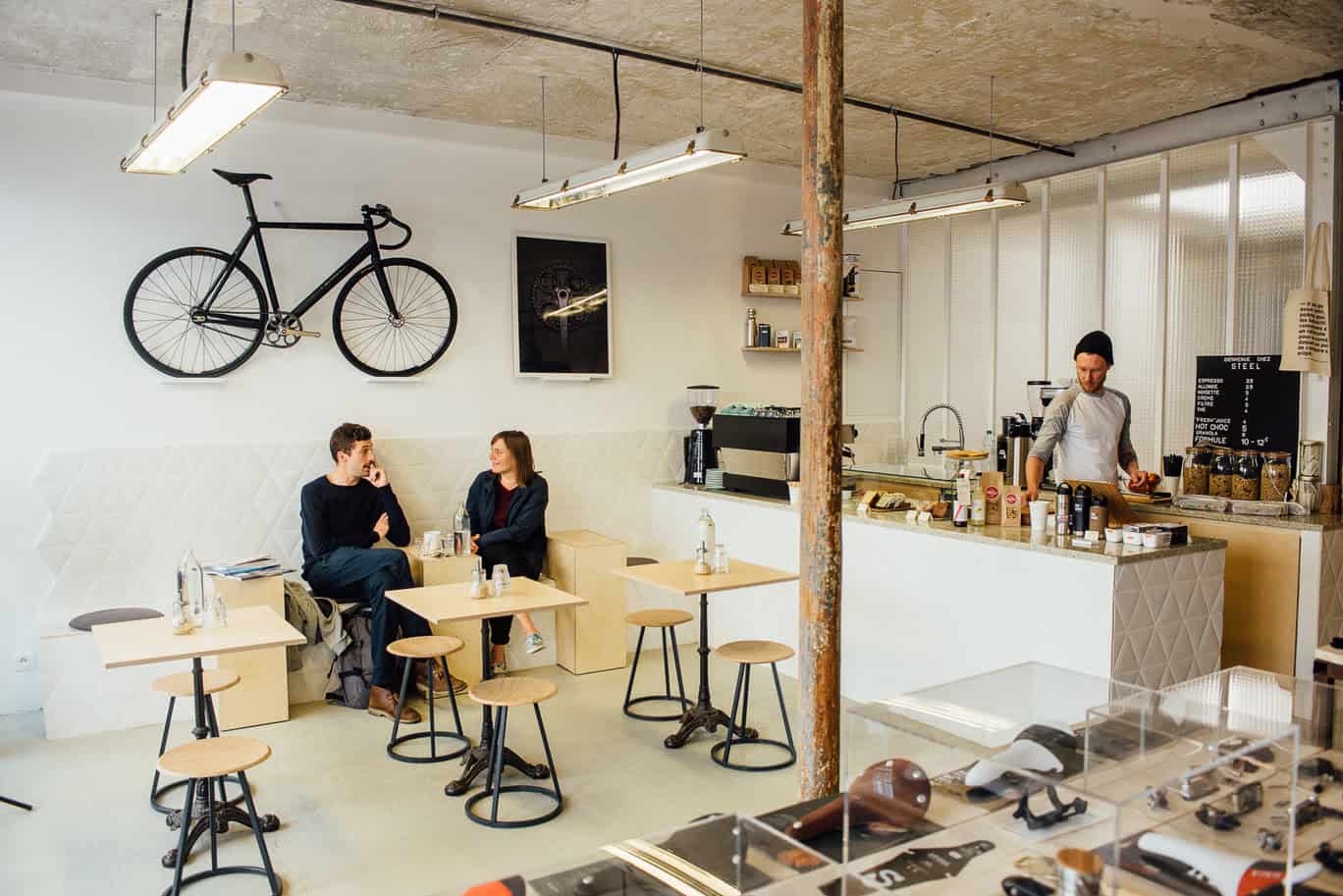

RELATED ARTICLES
A Walk Through the Heart of Paris
by
Yvonne Hazelton
Where to Eat Near the Eiffel Tower
by
Lily Heise
The Hunger Games? I spent 8 Days at A French Fasting Retreat. Here’s What it Was Like.
by
Kathryn Kinley
Visiting the Eiffel Tower?: Everything You Need to Know from a Local Tour Guide
by
Joanna Todorova
Beyond Google: Essential Maps of Paris For Your Next Trip
by
Joanna Todorova
What to Do in Montpellier: 48 Hours
by
Lily Heise
Ferrandi Paris Cooking Class: Learning How to Make a Tarte Tatin + a Recipe
by
Joanna Todorova
French Creation & Savoir-Faire, Galeries Lafayette Paris Haussmann: 8 Discoveries
by
HiP Paris
48 Hours in Brittany: St Malo and Dinard
by
Lily Heise
Lounge Here Now: Best Places to Loiter in Paris
by
Tory Hoen
Where to Stay in Paris With Family
by
Lily Heise
Hôtel La Mirande Avignon: Timeless Refinement
by
HiP Paris
48 Hours in Lyon
by
HiP Paris
Temporary Accommodation in Paris: 8 Options For Any Budget
by
Reagan O’Brien
48 Hours in Nice
by
Mollie Lehman
48 Hours in Bordeaux
by
Lily Heise
Where to Stay in the French Alps This Season
by
HiP Paris
Happy New Year 2023! The Best of HiP Paris: Our Top 10 Posts in 2022
by
Maikka Piquemal
Our Favorite New Paris Hotels in 2022
by
HiP Paris
Best Parisian Apartments for Fall and Winter
by
Lily Heise